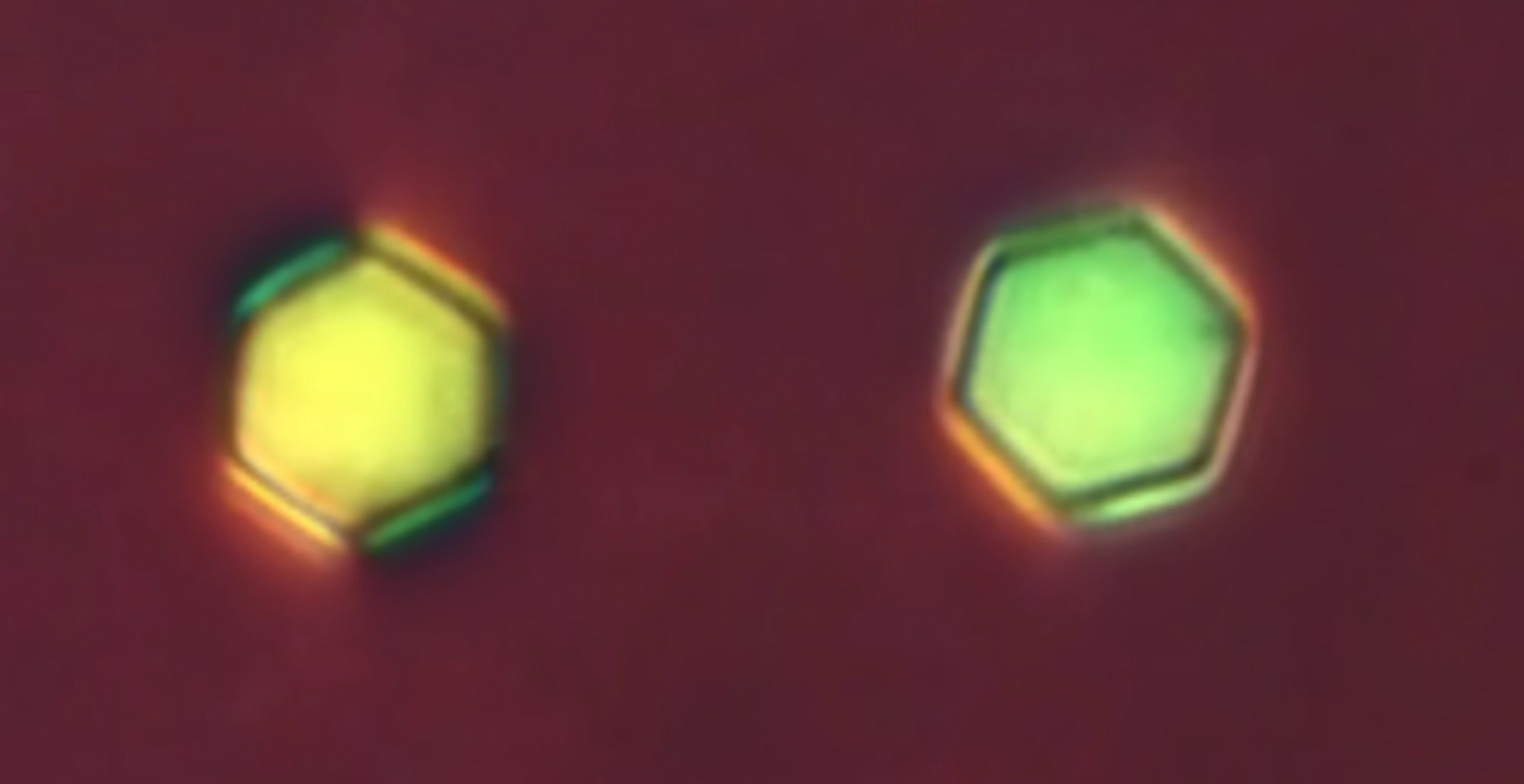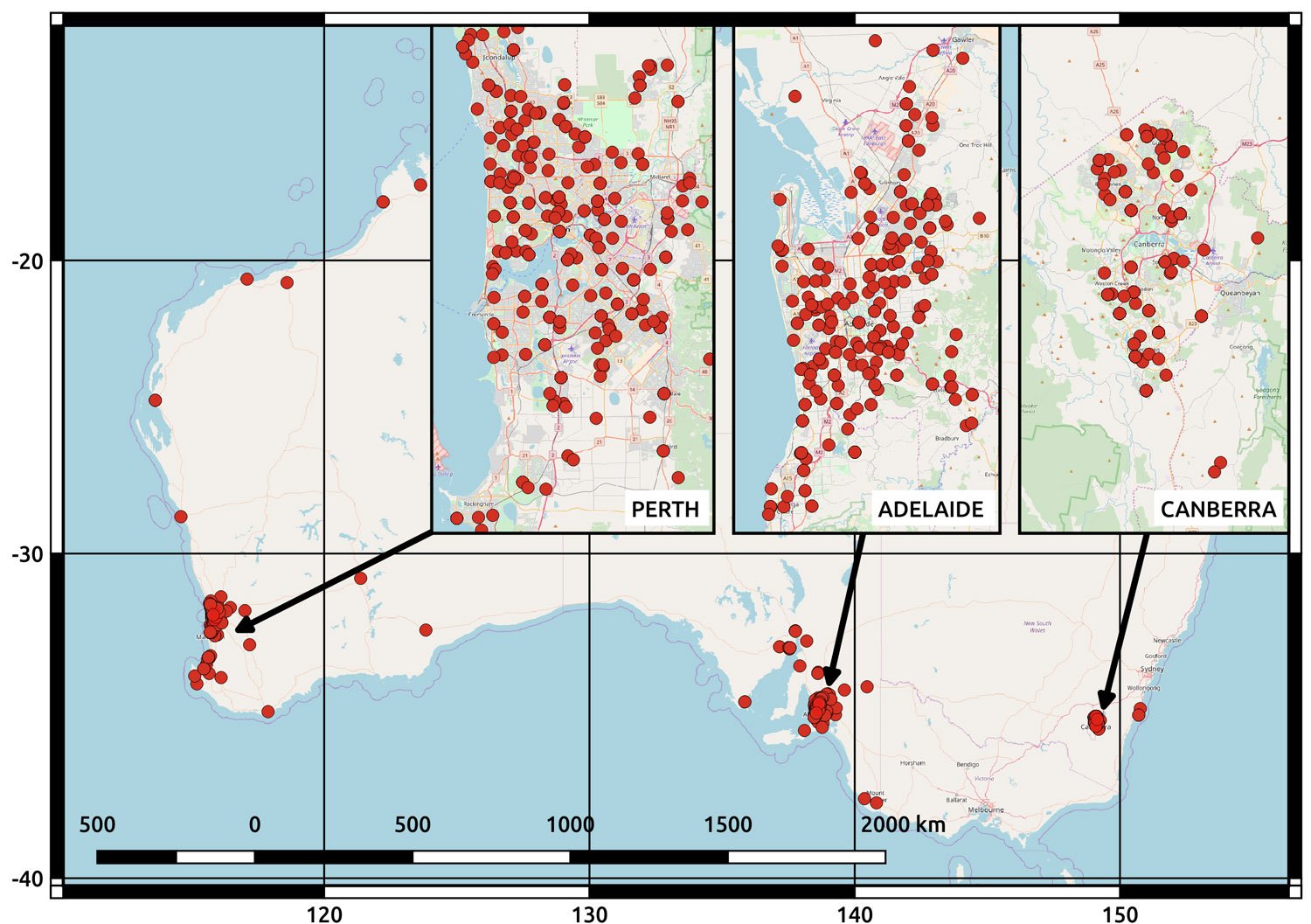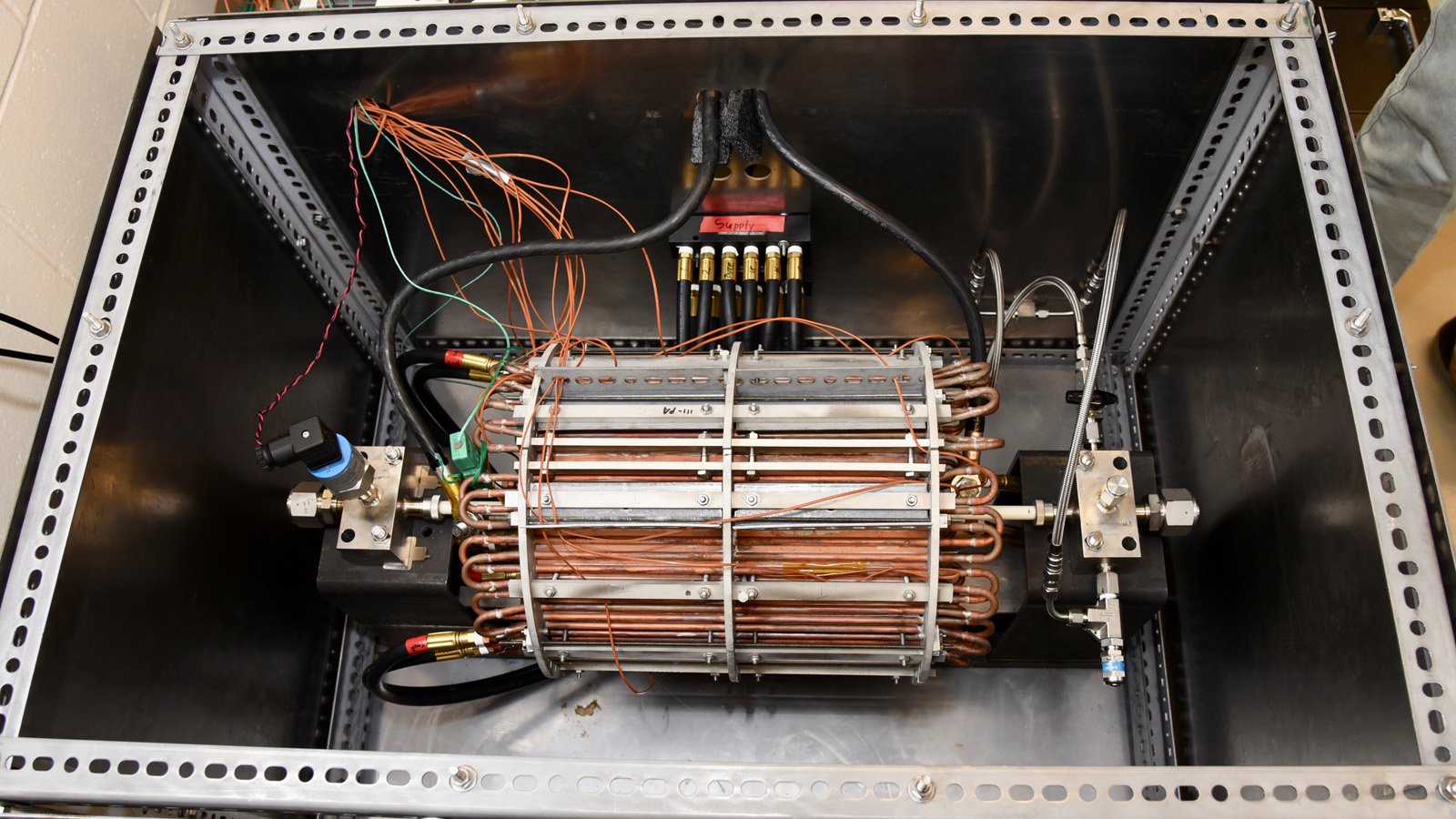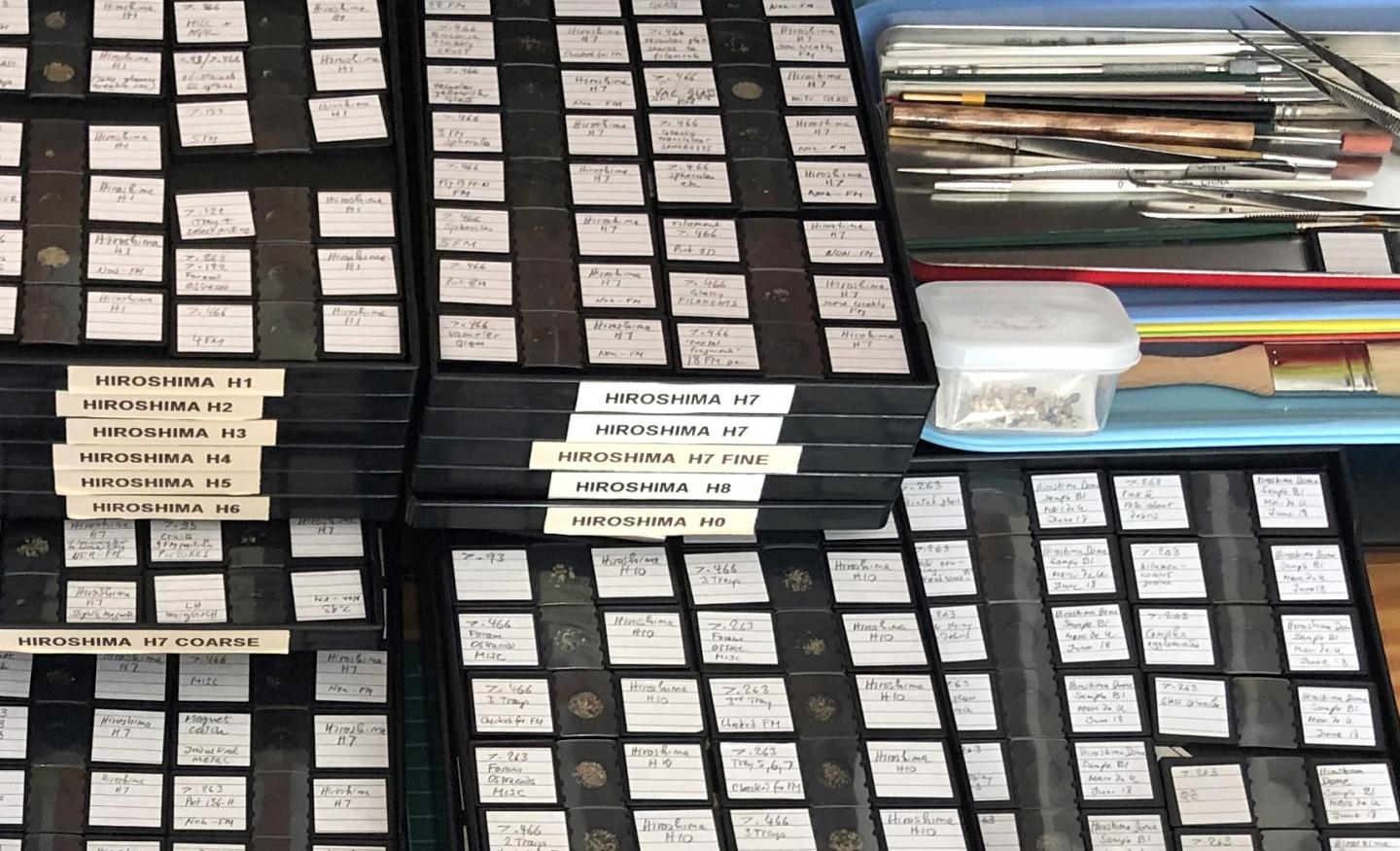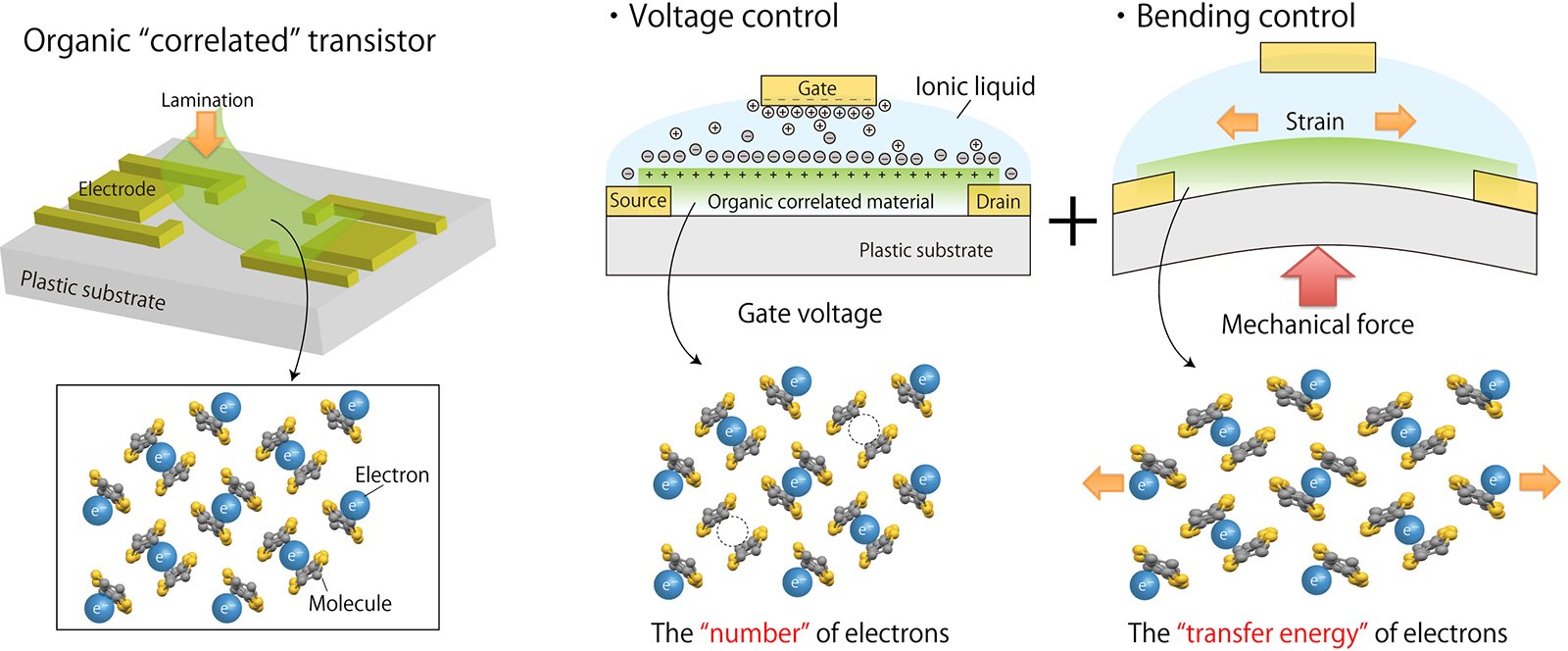Scientists offer designer ‘big atoms’ on demand
In the not-so-distant future, researchers may be able to build atoms to your specifications with the click of a button. It’s still the stuff of science fiction, but a team at the University of Colorado Boulder reports that it is getting closer when it comes to controlling and assembling particles called “big atoms.” The new … Read more
